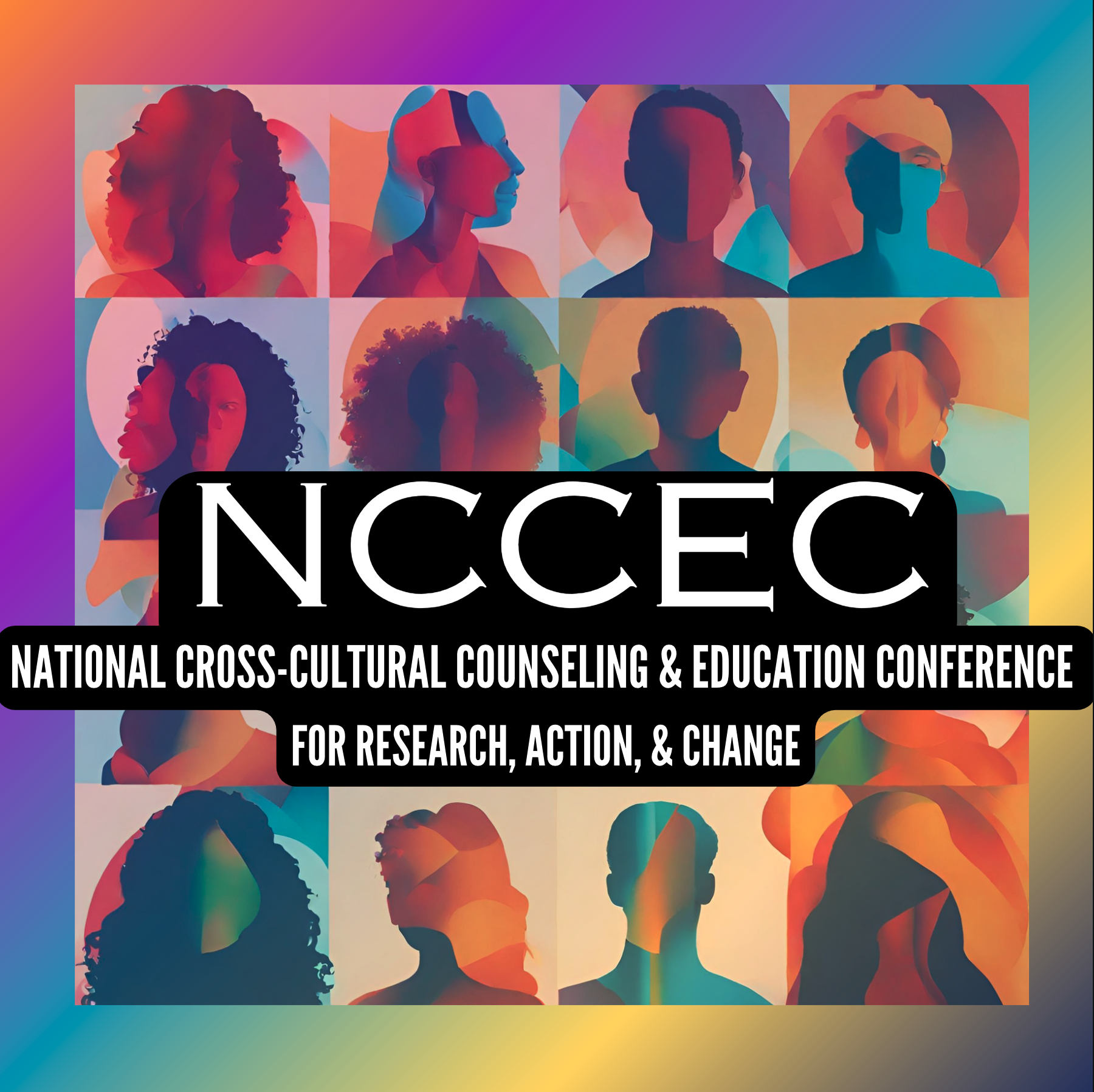Hidden Trauma Amongst Homeless Youth: Trauma Focused-CBT Interventions for Clinical Practice
Conference Strand
Practice, Strategies, Techniques, and Interventions
Abstract
Culturally diverse classrooms include homeless children, their trauma, and their personal challenges which prevent learning. As a result, educators may lack patience and understanding with unidentified homeless children. Therefore, counselor referrals to outside counseling agencies are critical to deescalate additional behavioral issues and address the underlying trauma in the child’s life. The efficacy of clinical techniques, such as Trauma Focused-CBT (TF-CBT), have been reported to improve functioning of post-traumatic stress and behavioral difficulties in homeless children. This presentation will offer professional counselors peer reviewed literature, clinical tools, and suggestions for utilizing TF-CBT as an intervention for modifying disruptive behaviors among homeless school aged children.
Evidence
Grant, R., Gracy, D., Goldsmith, G., Shapiro, A., & Redlener, I. E. (2013). Twenty- five years of child and family homelessness: Where are we now? American Journal Of Public Health, 103(S2), 1-7.
Hinton, S. s., & Cassel, D. (2013). Exploring the lived experiences of homeless families with young children. Early Childhood Education Journal, 41(6), 457-463.
Substance abuse and mental health services administration. Retrieved from http://homeless.samhsa.gov/Search.aspx?search=cognitive+behavioral+therapy
Swick, K. (2010). Responding to the voices of homeless preschool children and their families. Early Childhood Education Journal, 38(4), 299-304.
The National Center on Family Homelessness. Retrieved from http://www.familyhomelessness.org/
Format
Individual Presentations
Biographical Sketch
Kimberly is a Licensed Associate Professional Counselor (LAPC) and Ph.D. student at Mercer University, specializing in Counselor Education and Supervision. Kimberly has several interests that relate to family dynamics, including working with homeless families to strengthen family dynamics and increase stability and self-sufficiency. As a result, Kimberly believes there is a need for trauma focused counseling to help families and individuals make positive life changes.
Location
Room 210
Start Date
2-17-2017 2:30 PM
End Date
2-17-2017 3:45 PM
Recommended Citation
Griffin, Kimberly M., "Hidden Trauma Amongst Homeless Youth: Trauma Focused-CBT Interventions for Clinical Practice" (2017). National Cross-Cultural Counseling and Education Conference for Research, Action, and Change. 7.
https://digitalcommons.georgiasouthern.edu/ccec/2017/2017/7
Hidden Trauma Amongst Homeless Youth: Trauma Focused-CBT Interventions for Clinical Practice
Room 210
Culturally diverse classrooms include homeless children, their trauma, and their personal challenges which prevent learning. As a result, educators may lack patience and understanding with unidentified homeless children. Therefore, counselor referrals to outside counseling agencies are critical to deescalate additional behavioral issues and address the underlying trauma in the child’s life. The efficacy of clinical techniques, such as Trauma Focused-CBT (TF-CBT), have been reported to improve functioning of post-traumatic stress and behavioral difficulties in homeless children. This presentation will offer professional counselors peer reviewed literature, clinical tools, and suggestions for utilizing TF-CBT as an intervention for modifying disruptive behaviors among homeless school aged children.

Description
Culturally diverse classrooms are comprised of different genders and races in an attempt to offer kids a realistic view of their environment. However, these classrooms also include homeless children, their trauma, and their personal challenges which prevent learning. Specifically, when basic needs, such as shelter, food, clothing, and sleep are not met, children may become less attentive and begin to act out in the classroom. In an effort to help homeless children, school administrators tend to focus on the needs of the parent. However, school referrals to outside counseling agencies are beneficial to address the trauma that homeless children experience as well. Trauma focused interventions, such as Trauma Focused-Cognitive Behavioral Therapy (TF-CBT), is highly recommended for children with traumatic concerns.
The National Center on Family Homelessness (2009) reported that homeless children experience or are exposed to abuse, violence and mental health at an early age. Additionally, 16% of homeless preschoolers tend to be more aggressive and hostile. Furthermore, 47% of homeless school aged children exhibit anxiety, depression, and withdrawal (NCFH, 2009). Research also shows that 83% of homeless children have been witness to severely violent events, and 66% are likely to experience primary physical abuse (NCFH, 2009). Due to exposure to violence and homelessness, these children are reportedly three times more likely (than children in the general population) to suffer from post-traumatic stress disorder and two times more likely to use drugs and alcohol (NCFH, 2009).
Given these statistics, counselor interventions that only addresses symptoms is not sufficient in treating homeless child survivors of trauma. TF-CBT is considered to be a more effective form of intervention. In treating child survivors of traumata, there is a need for an integrated processing model that provides practicality in employing behavioral modifications. The Substance Abuse and Mental Health Services Administration (2014) asserts that TF-CBT was adapted from the original CBT model to provide a suitable intervention for working with children who have experienced an array of traumatic events, such as domestic and physical violence, and traumatic loss (SAMHSA).
The intent of this proposal is to offer professional counselors peer reviewed literature, clinical tools, and suggestions for utilizing TF-CBT as an intervention for modifying disruptive behaviors among homeless school aged children.